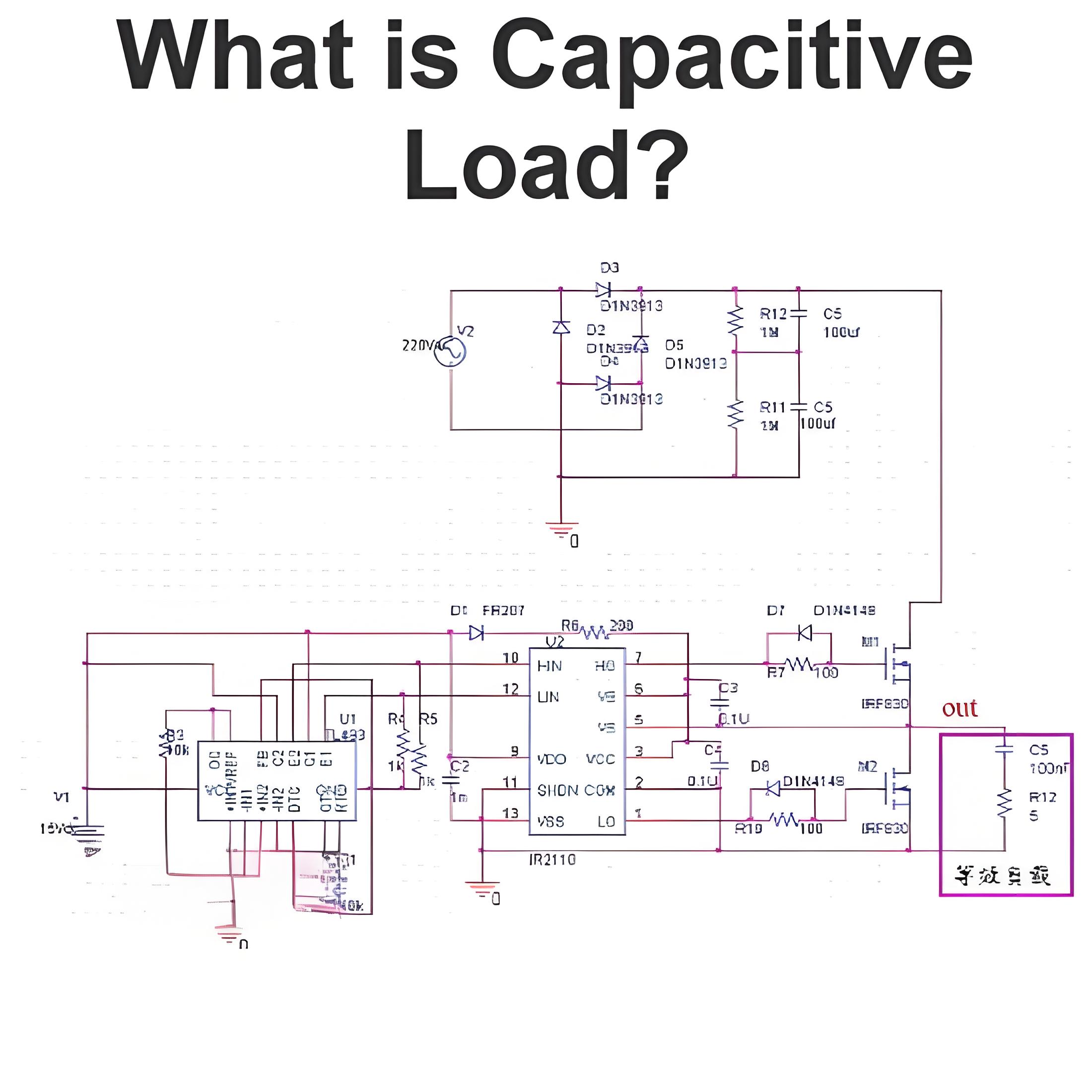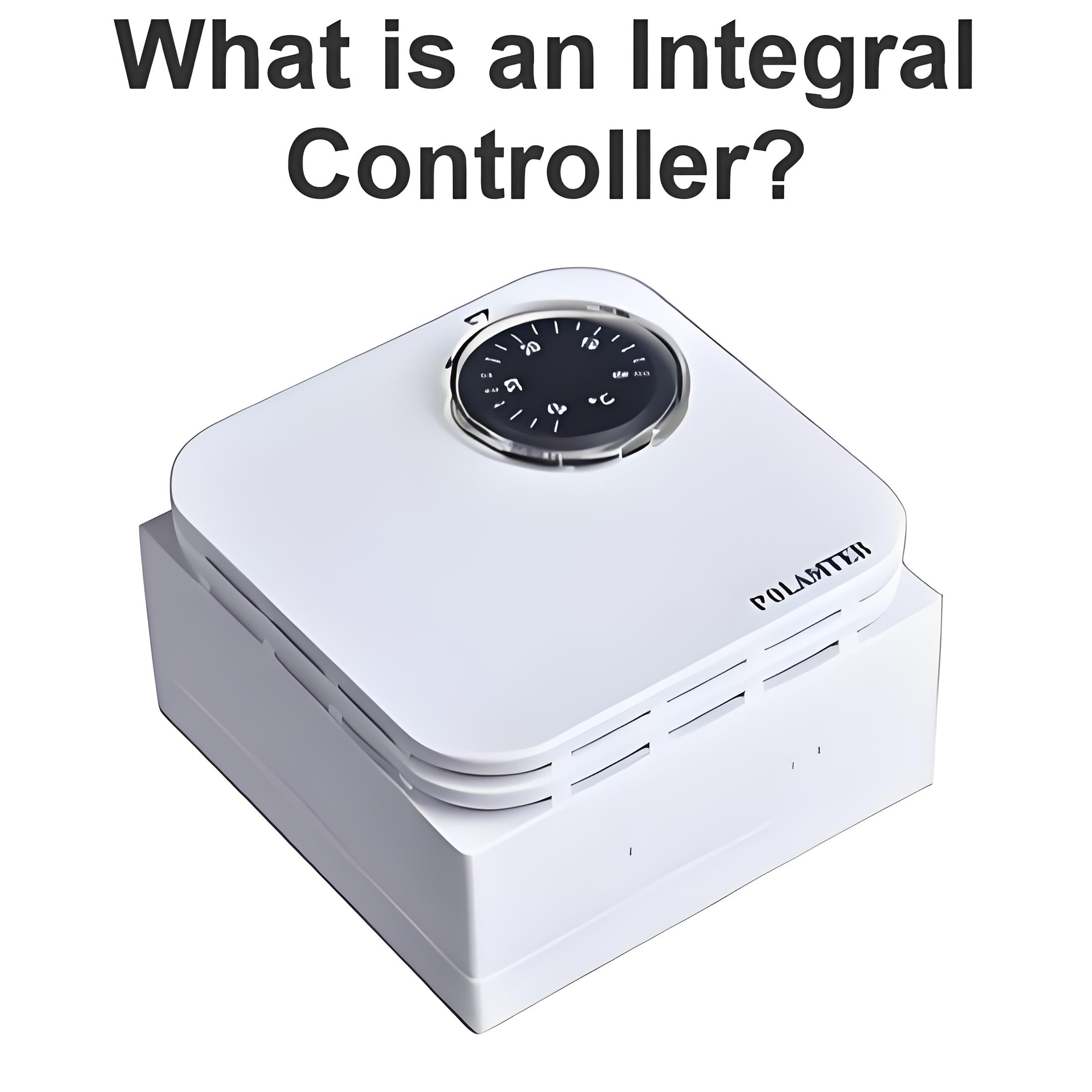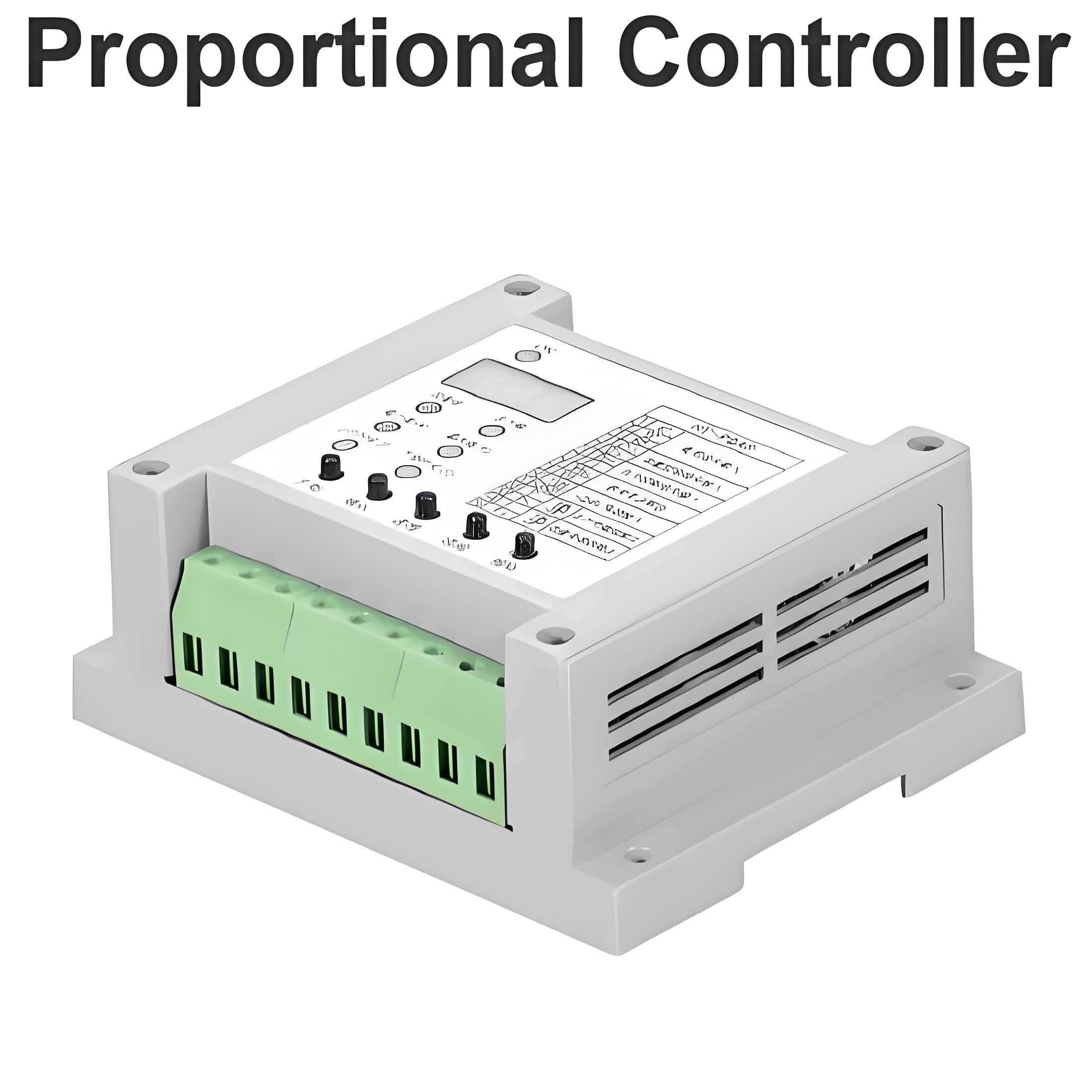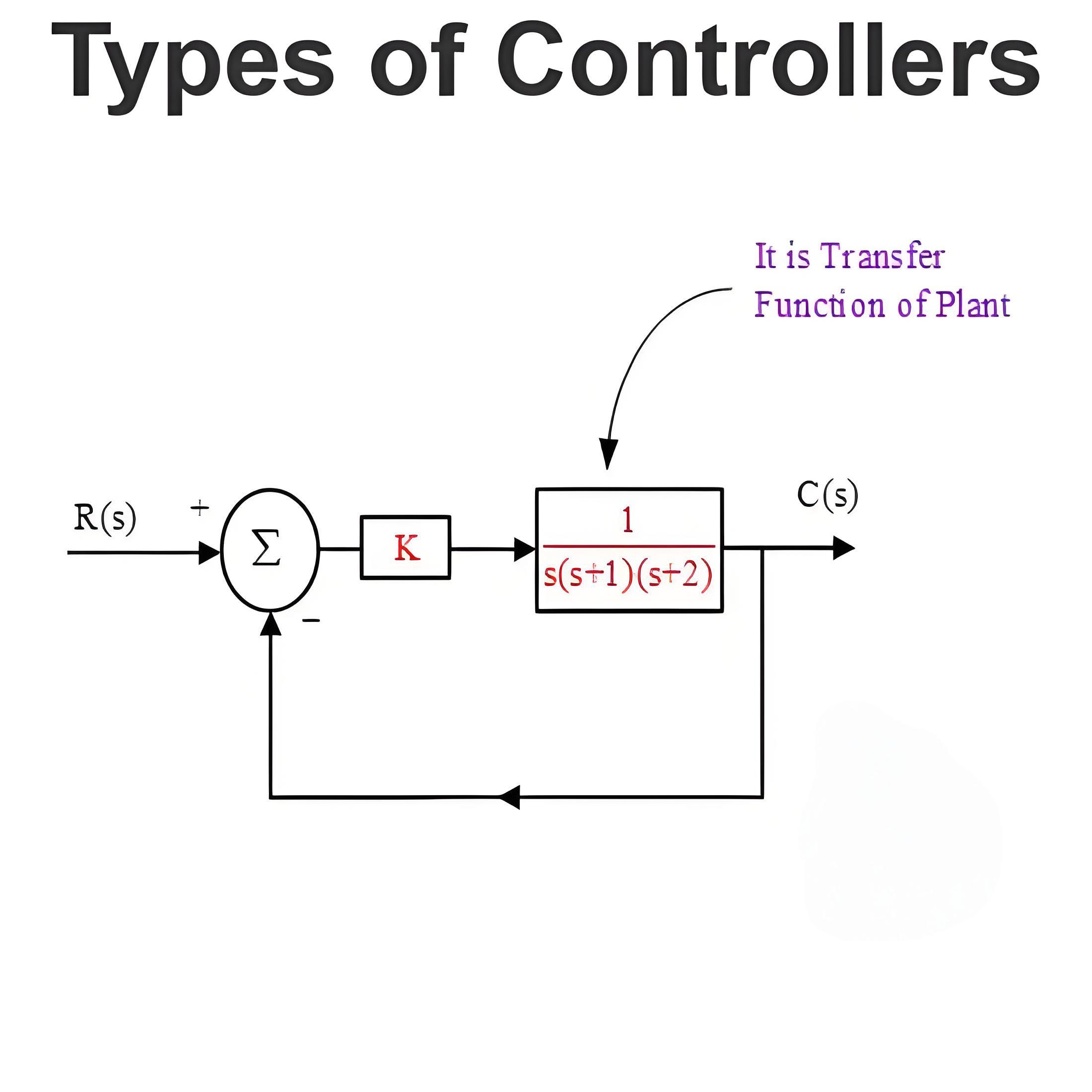Motor protection
Motor protection set
Motor protection is a set of devices and methods to protect a motor from failure and damage.
Type of motor fault
External motor fault
Unbalanced supply voltage
undervoltage
Reverse phase sequence
Loss of synchronization
Internal motor fault
Bearing failure
superheating
Winding fault
Ground fault
Motor protection device
Fuses: Fuses protect the motor by melting and interrupting the circuit during overload or short circuit.
Circuit breaker: The circuit breaker can be reset after an interruption failure and provides overload and undervoltage protection.
Overload relays: These devices interrupt circuits when large currents flow through them due to overload.
Thermal overload relays: These devices use bimetal sheets or heating elements to sense the temperature rise of the motor current. When the current exceeds a preset value, the thermal element will bend or melt, causing the contact to open or close.
Electronic or digital overload relays: These devices use a current transformer or shunt resistor to measure the motor current and use a microprocessor or solid-state circuit to control the contacts.
Differential protective relays: These are devices that compare the current of a motor or its winding input and output terminals. When the current difference exceeds a certain value, it indicates that there is a winding fault, and the relay will trip the circuit.
Reverse protection relay: A device that detects the direction of rotation of a motor and prevents it from running in reverse.
Select motor protection equipment
Type and size of motor
Characteristics and ratings of the motor
Type and severity of the possible fault
NEC and other standard requirements
Cost and availability of equipment
Conclusion
Motor protection is an important aspect of electrical engineering, ensuring the safety and efficiency of motors and their circuits. Motor protection equipment is selected based on the type and size of the motor, the type and severity of possible failures, the requirements of NEC and other standards, and the cost and availability of the equipment. Motor protection devices include fuses, circuit breakers, overload relays, differential protection relays and reverse protection relays. Motor protection devices monitor and control parameters such as current, voltage, temperature, speed and torque to prevent or minimize damage to the motor and its circuits in the event of a failure or anomaly.
Welcome to our electricity community! Established to facilitate the exchange and cooperation in the electricity industry and bridge professionals, enthusiasts, and related enterprises.





